Europe colonised with the Christian religion. This was a form of belief that served Europeans during the trials and tribulations of a dark Africa where the spirit was endangered by the overwhelming mystery of African spirituality. That there had been White people all along who followed a particular cosmology that influenced their beliefs, medicine, survival, and relationships was evident in the practices of many Afrikaner women mostly for whom nature and the spirit-world was united.
The coming of age of White spirituality that could be experienced as a body religion, where song and dance and artmaking drifted into the world of the shaman coincided with the democracy of SA in 1994. Suddenly one would find African spiritual practices of unique natures and training and background. This allowed many performers to enter the realms of the underworld. For me it coincided with the practice of an art form that had the potential to be a ritual event. All my solo performances are in fact milestones in my own life that had to be ‘given form’ in such a way that it, with increasing clarity, accessed a spirit emanation, as art.
I spent many months with dancers from Jazzart on the practice of the Open Space. This means that one does not know what would be created on the floor. It also means that one opens oneself up for any expression that emerges within the collective realm of other dancers. It was very adventurous and exposing of inner worlds in the presence of other dancers. As much as the floor was open, so were the participants.
At the time when this work was to be framed for performance all four of us decided that this was the work to be. That if one would really be committed to dancing the spirit and psyche within the field of other dancers, then the game has changed. Everything was possible.
It was truly unnameable.
When the performance date arrived and the public was made aware of this work, Guy Willoughby conducted an interview with some of us. There were the three black male dancers, Mdu Kweyama, Philani Mbana and a third person whose name I have lost.
Soon before the event I was approached by the dancers and was told that they would not have wished to do this work in public. It was an interesting turnabout. I accepted it.
By now I have arranged for three shamans to provide the holding space through ritual and music. I was convinced that this would have given the dancers more containment and freedom to perform ‘liberally.’ But even so, the dancers refused.
So I was to perform as solo dancer.
I then chose to do a dance ritual with the three White shamans who could participate in the process of the performance of the unknown, the unnameable. Here their practices were to support structures that allowed me to enter certain emotive terra of which it was not always easy to know the object of. What was the emotive projection a part of? Since the emergence of this way of performance – beginning with movement, which opened voice, which poured out emotive contents, all supplemented by the fellow performers – happened at a time of a primary global turmoil. The day of our first performance took place on the evening of the event of 9/11. The unknown terra was a perfectly fine terra to access, step onto, to read the writing on the wall so to speak.
